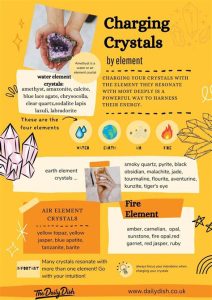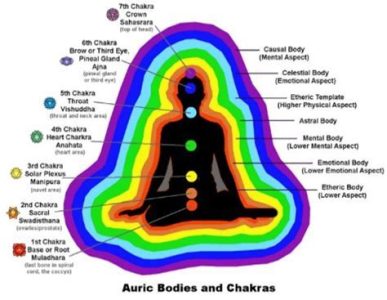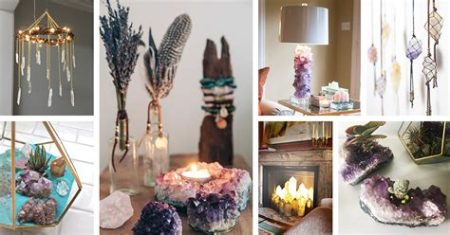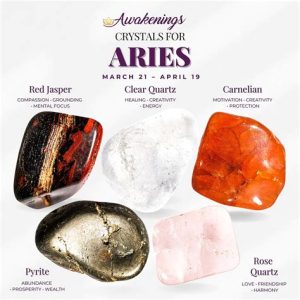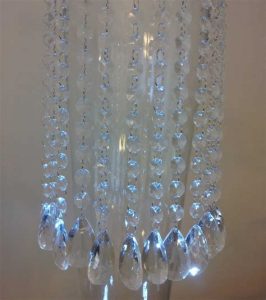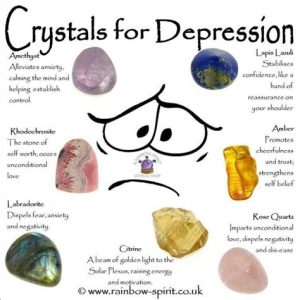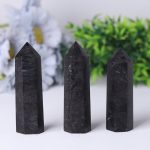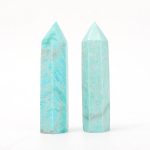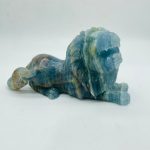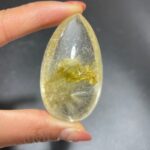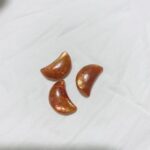1. Amethyst: The Violet Enigma
Amethyst, a captivating deep purple gemstone, has adorned jewelry for centuries. Its rich hue is attributed to iron impurities within its quartz crystal structure. The ancient Greeks believed amethyst possessed the power to prevent drunkenness, leading to its association with the goddess Bacchus.

- Origin: Brazil, Uruguay, Zambia
- Mohs Hardness: 7
- Chemical Composition: SiO2 (Silicon Dioxide)
- Color Range: Deep purple to light lavender
- Price Range: $10-$100 per carat
2. Sugilite: The Rare Purple Rock
Sugilite, a relatively new gemstone discovered in 1944, is highly prized for its vibrant purple color and distinctive patterns. Its formation occurs in manganese-rich rocks, giving it a unique chemical composition. The limited availability of sugilite contributes to its exclusivity and value.
- Origin: South Africa, Canada
- Mohs Hardness: 6-7
- Chemical Composition: KNa2(Fe,Mn,Al)2Li3Si12O30
- Color Range: Deep purple to reddish purple
- Price Range: $50-$500 per carat
3. Charoite: The Siberian Symphony
Charoite, a mesmerizing dark purple gemstone, originates from Siberia. Its exquisite swirls and patterns are caused by inclusions of potassium-rich minerals. Charoite is believed to possess spiritual and healing properties, making it a popular choice for meditation and jewelry.
- Origin: Russia
- Mohs Hardness: 5-6
- Chemical Composition: (K,Na)2Ca4(Si6O16)(OH,F)4
- Color Range: Deep purple to lilac
- Price Range: $20-$200 per carat
4. Tanzanite: The African Gem
Tanzanite, a relatively young gemstone discovered in 1967, has quickly gained popularity due to its intense blue-violet color. It is found exclusively in a small area of Tanzania, making it a rare and coveted gemstone. Tanzanite is a symbol of prosperity and love.
- Origin: Tanzania
- Mohs Hardness: 6-7
- Chemical Composition: Ca2Al3(SiO4)3(OH)
- Color Range: Blue-violet to deep purple
- Price Range: $500-$5,000 per carat
5. Dark Purple Gemstone Comparisons
Amethyst vs. Sugilite
- Amethyst is more common and affordable than sugilite.
- Sugilite has a more vibrant purple color and distinctive patterns.
Amethyst vs. Charoite
- Amethyst is harder and more durable than charoite.
- Charoite has unique swirls and patterns, making it a popular choice for collectors.
Sugilite vs. Tanzanite
- Sugilite is a harder and more durable gemstone than tanzanite.
- Tanzanite has a more intense blue-violet color, making it a more sought-after gemstone.
6. Dark Purple Gemstone Applications
Dark purple gemstones are versatile and can be used in a variety of applications, including:
- Jewelry: Dark purple gemstones are popular in rings, necklaces, earrings, and bracelets.
- Decorative Ornaments: They can be used in sculptures, vases, and other decorative items.
- Spiritual and Healing: Some people believe that dark purple gemstones possess spiritual and healing properties, such as Amethyst for stress relief and Charoite for spiritual enlightenment.
- Scientific and Technological: Dark purple gemstones are used in lasers, optical devices, and other scientific applications.
7. Dark Purple Gemstone Trends
The demand for dark purple gemstones is expected to grow in the coming years, driven by their increasing popularity in jewelry and other applications. New technologies and sustainable practices are emerging to meet this growing demand.
- Lab-Created Gemstones: Lab-created dark purple gemstones offer a sustainable and affordable alternative to mined gemstones.
- Nanotechnology: Nanotechnology is being used to create new types of dark purple gemstones with enhanced properties and colors.
- 3D Printing: 3D printing is enabling the creation of intricate dark purple gemstone jewelry and decorative objects.
8. Conclusion
Dark purple gemstones, with their captivating hues and unique properties, continue to captivate and inspire. Whether you seek the elegance of amethyst, the rarity of sugilite, the spirituality of charoite, or the brilliance of tanzanite, these gemstones offer a world of possibilities. As technology evolves and new applications emerge, the allure of dark purple gemstones will only intensify in the years to come.
Tables for Comparison
| Gemstone | Mohs Hardness | Chemical Composition | Color Range | Price Range |
|---|---|---|---|---|
| Amethyst | 7 | SiO2 | Deep purple to light lavender | $10-$100 per carat |
| Sugilite | 6-7 | KNa2(Fe,Mn,Al)2Li3Si12O30 | Deep purple to reddish purple | $50-$500 per carat |
| Charoite | 5-6 | (K,Na)2Ca4(Si6O16)(OH,F)4 | Deep purple to lilac | $20-$200 per carat |
| Tanzanite | 6-7 | Ca2Al3(SiO4)3(OH) | Blue-violet to deep purple | $500-$5,000 per carat |
Pros and Cons
Amethyst
Pros: Affordable, durable, versatile
Cons: Common, can be heat-treated
Sugilite
Pros: Rare, vibrant color, distinctive patterns
Cons: Expensive, limited availability
Charoite
Pros: Unique swirls and patterns, spiritual properties
Cons: Soft, can be difficult to find
Tanzanite
Pros: Intense color, rare, valuable
Cons: Expensive, can be heat-treated
Customer Motivations
- Desire for unique and beautiful jewelry
- Belief in the spiritual and healing properties of gemstones
- Investment potential
- Desire for sustainable and ethical products
Customer Pain Points
- Limited availability of high-quality dark purple gemstones
- High cost of natural dark purple gemstones
- Concerns about the sustainability of gemstone mining practices
Benefits
- Dark purple gemstones can enhance personal style and confidence.
- They can provide a sense of spiritual connection and well-being.
- Dark purple gemstones can be valuable investments, especially rare and high-quality specimens.
- Sustainable practices and new technologies are making dark purple gemstones more accessible and affordable.


